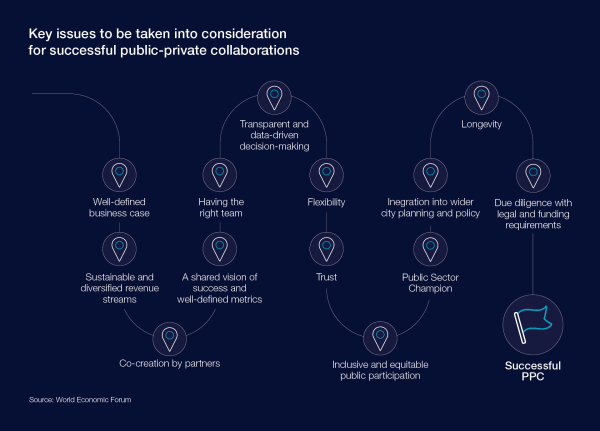Blog by Anna Ibru and Dane Gambrell at The GovLab: “…In recent years, public institutions around the world are piloting new youth engagement initiatives like Creamos that tap the expertise and experiences of young people to develop projects, programs, and policies and address complex social challenges within communities.
To learn from and scale best practices from international models of youth engagement, The GovLab has develop case studies about three path breaking initiatives: Nuortenbudjetti, Helsinki’s participatory budgeting initiative for youth; Forum Jove BCN, Barcelona’s youth led citizens’ assembly; and Creamos, an open innovation and coaching program for young social innovators in Chile. For government decision makers and institutions who are looking to engage and empower young people to get involved in their communities, develop real-world solutions, and strengthen democracy, these examples describe these initiatives and their outcomes along with guidance on how to design and replicate such projects in your community. Young people are still a widely untapped resource who are too-often left out in policy and program design. The United Nations affirms that it is impossible to meet the UN SDGs by 2030 without active participation of the 1.8 billion youth in the world. Government decision makers and institutions must capitalize on the opportunity to engage and empower young people. The successes of Nuortenbudjetti, Forum Jove BCN, and Creamos provide a roadmap for policymakers looking to engage in this space….(More)” See also: Nuortenbudjetti: Helsinki’s Youth Budget; Creamos: Co-creating youth-led social innovation projects in Chile and Forum Jove BCN: Barcelona’s Youth Forum.



